Examples Of Figures Of Speech In English
Examples of figures of speech make language more engaging and easier to understand. Figures of speech help writers and speakers express ideas creatively. Different types of figures of speech and examples are widely used in books, speeches, and everyday conversations to add depth, emotion, and clarity, making communication more effective and memorable.
You can see how these techniques appear in literature, speeches, and daily communication through real-world Usage and Application of Figures of Speech. This article includes figures of speech examples to help you recognize figures of speech with examples and definitions in various contexts. Whether you are a student or a writer, understanding figures of speech and examples will improve your language skills.
Examples of Figures of Speech
Here are a few examples of figures of speech with explanations:
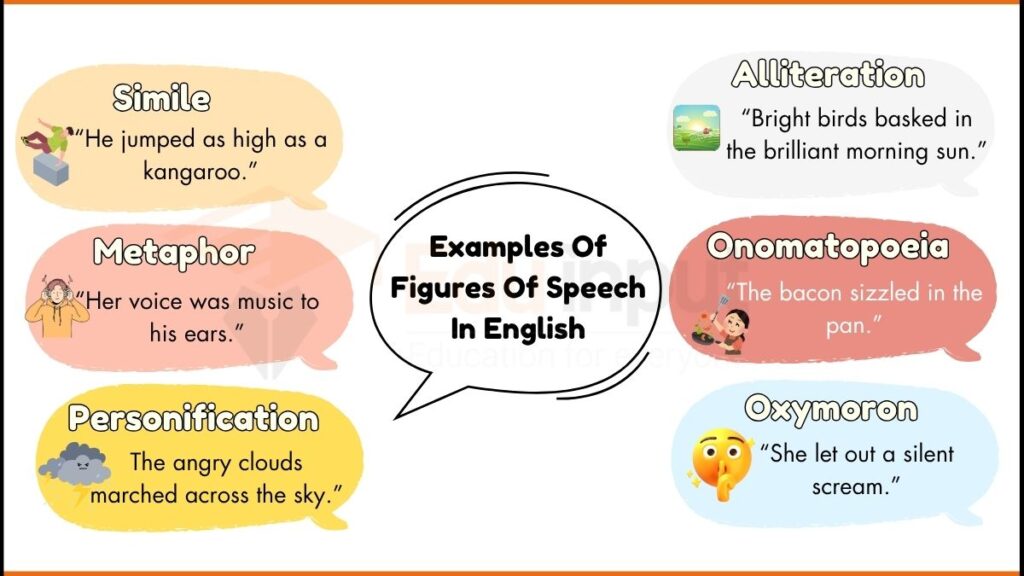
1. Simile
A simile is a figure of speech that directly compares two different things using “like” or “as” to create a vivid image.
Example
Her laughter was like music on a quiet evening, filling the air with warmth and joy. It echoed through the room, soft yet powerful, lifting everyone’s mood. The way she laughed made people feel lighter, as if happiness spread through the space like ripples in a pond.
This simile compares laughter to music and happiness to ripples in a pond. It highlights the pleasant and soothing effect her laughter has on others.
2. Metaphor
A metaphor directly compares two things by stating that one is the other, without using “like” or “as.”
Example
His mind was a storm, full of raging thoughts and restless energy. He couldn’t focus as ideas clashed like thunder and lightning. Each worry felt like heavy rain, soaking him in doubt. The storm inside him refused to calm, making every decision feel impossible.
This metaphor compares his mind to a storm, suggesting chaos, overthinking, and inner conflict. It creates a strong emotional impact.
3. Personification
Personification gives human qualities to objects, animals, or abstract ideas, making descriptions more vivid.
Example
The old house groaned as the wind pushed against its walls. Its windows shivered, rattling in protest, while the wooden floor sighed under each step. The doors whispered in the darkness, creaking as if they held secrets. The house seemed alive, watching and waiting in the silent night.
By giving human actions like groaning, shivering, whispering to an old house, this personification makes it feel eerie and alive.
4. Apostrophe
An apostrophe is when a speaker directly addresses something non-living, abstract, or absent, as if it could respond.
Example
Oh, Time, why do you rush forward without mercy? You steal moments before they can be cherished, turning laughter into memories too quickly. You never pause, never wait, always moving, always taking. I beg you to slow down, just for a moment, so I can hold on a little longer.
Here, the speaker talks to Time as if it were a person. This adds emotion and drama, emphasizing how fleeting life feels.
5. Alliteration
Alliteration repeats the same consonant sound at the beginning of words to create rhythm and emphasis.
Example
The sly snake slithered silently through the silver sand. Its scales shimmered in the soft moonlight, sending shivers through the night.
The repeated “s” sound makes the sentence flow smoothly and mimics the movement of a snake, making the description more engaging.
6. Assonance
Assonance is the repetition of vowel sounds in nearby words. It creates a rhythmic and musical effect in writing. Writers use assonance to enhance the flow of sentences. It also makes phrases more memorable. Poets and songwriters often use it to add melody and depth to their work.
Example
The cool moon loomed over the pool, casting smooth reflections on the blue waves. Gentle ripples shimmered as the night breeze whispered through the trees. The silent world embraced the peaceful glow, painting the sky with endless dreams.
The repeated “oo” sound in cool, moon, pool, smooth, and blue creates a soothing effect. This pattern of sound makes the sentence flow smoothly. It enhances the imagery by giving a sense of calm and serenity. Writers use assonance to make descriptions more vivid and engaging.
7. Hyperbole
Hyperbole is an extreme exaggeration. Writers use it to emphasize emotions, actions, or experiences. It makes descriptions more dramatic. Hyperbole helps readers understand how intense a situation feels. It is common in storytelling, poetry, and everyday speech.
Example
I waited a million years for my food to arrive. My stomach growled louder than thunder, demanding to be fed. The world seemed to slow down as I watched others eat. Every second felt like an eternity, and I thought I might starve before my plate finally reached me.
Obviously, no one waits a million years for food. This exaggeration emphasizes how long the wait felt. Saying “my stomach growled louder than thunder” intensifies the hunger. Hyperbole makes ordinary situations feel larger than life. It is a powerful tool for humor and dramatic effect in writing.
8. Euphemism
A euphemism is a mild or indirect expression. It replaces a harsh or blunt statement. People use euphemisms to soften difficult or uncomfortable topics. They make conversations sound more polite and considerate.
Example
He is between jobs right now, searching for new opportunities. Each day, he updates his resume and reaches out to potential employers. Though the situation is uncertain, he remains hopeful. He sees this time as a chance to grow, explore new paths, and find the right career fit.
Instead of saying “he is unemployed,” the phrase “between jobs” sounds more positive. It removes the negative stigma of being out of work. Euphemisms help people handle sensitive topics with tact. They are often used in professional, medical, and social settings to avoid direct or offensive language.
9. Antithesis
Antithesis places opposite ideas together in a sentence. It creates contrast and emphasizes differences. Writers use antithesis to highlight conflicting emotions, actions, or concepts. It makes ideas more striking and memorable.
Example
He stood in the middle of the crowd yet felt completely alone. Laughter and conversations filled the air, but his thoughts drowned them out. Faces blurred together, and voices became distant. Everyone seemed connected, yet he felt like a stranger in a place he once called home.
The contrast between “crowd” and “alone” highlights emotional isolation. The physical presence of people does not guarantee connection. Antithesis strengthens the impact of this realization. It helps readers understand the complexity of human emotions. Writers use it to create depth and make statements more thought-provoking.
10. Oxymoron
An oxymoron combines two opposite words. Together, they create a meaningful phrase. This contrast adds depth and complexity to writing. Oxymorons are common in poetry, literature, and everyday speech. They capture mixed emotions or paradoxical situations.
Example
She found herself in a bittersweet moment, smiling through her tears. The joy of accomplishment filled her heart, yet sadness lingered in her mind. One chapter ended, and another began. The past held precious memories, but the future called with endless possibilities.
“Bitter” and “sweet” are opposites. Together, they describe a feeling that is both happy and sad. The sentence expresses a moment of mixed emotions. Oxymorons capture the complexity of human experiences. They make descriptions more expressive and thought-provoking.
11. Irony
Irony occurs when the opposite of what is expected happens. It adds humor, suspense, or a twist to a situation. Writers use irony to create surprises and make stories more engaging. It can be verbal, situational, or dramatic.
Example
The fire station burned down last night. Firefighters rushed to the scene, only to find their own workplace in flames. They fought to save what they could, but the irony remained. The very people trained to prevent fires became victims of one.
Fire stations are meant to put out fires, not catch fire themselves. This unexpected twist makes the situation ironic. Irony highlights contradictions in real life and storytelling. It makes events more intriguing and thought-provoking.
12. Pun
A pun is a play on words. It uses multiple meanings or similar sounds to create humor. Puns are common in jokes, advertisements, and clever writing. They add wit and creativity to language.
Example
I used to be a banker, but I lost interest. My colleagues told me to invest in a new career. I figured I should cash out before things got worse. Now, I save my time for something more valuable.
“Lost interest” has two meanings. It refers to both a lack of enthusiasm and financial interest. This wordplay creates humor. Puns make language playful and entertaining. Writers use them to add clever twists to their writing.
13. Metonymy
Metonymy replaces the name of something with a related word. This makes sentences more symbolic and concise. It creates strong associations between words and ideas.
Example
The White House issued a statement about the new policy. Reporters gathered outside, waiting for updates. Inside, officials debated the next steps. The nation listened, eager to hear the government’s decision.
“The White House” represents the U.S. government. The building itself did not speak, but the people inside did. Metonymy makes language more figurative and engaging. It strengthens connections between words and meanings.
14. Synecdoche
Synecdoche uses a part of something to represent the whole. It makes descriptions shorter and more impactful. Writers use synecdoche to add emphasis and symbolism.
Example
All hands on deck! The storm approached, and every sailor rushed to their post. Waves crashed against the ship, but the crew held firm. Each hand worked tirelessly to keep the vessel steady.
“Hands” represents the entire crew. It focuses on their effort rather than their whole bodies. Synecdoche simplifies sentences while keeping the meaning clear

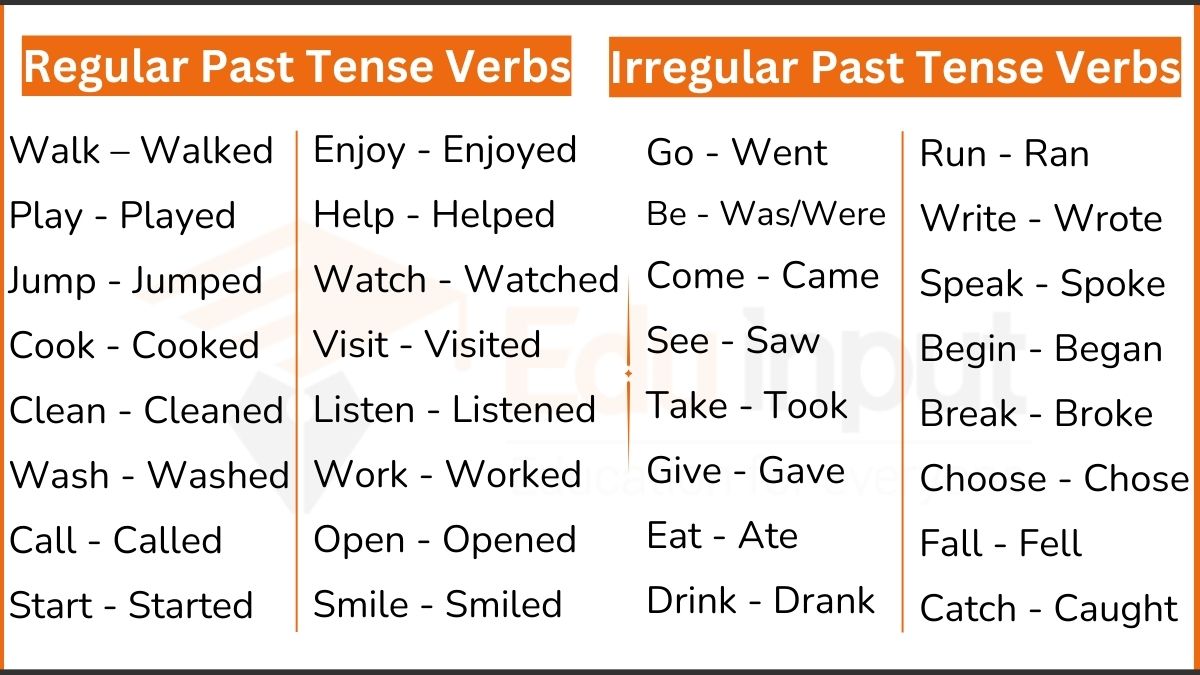
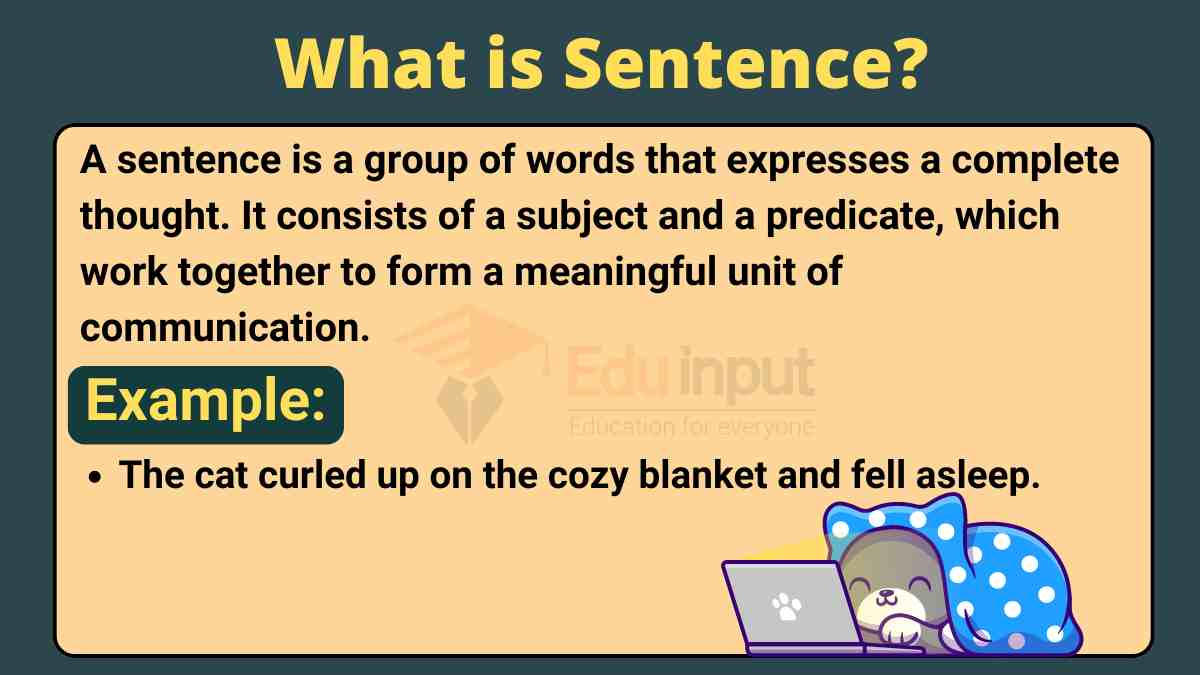
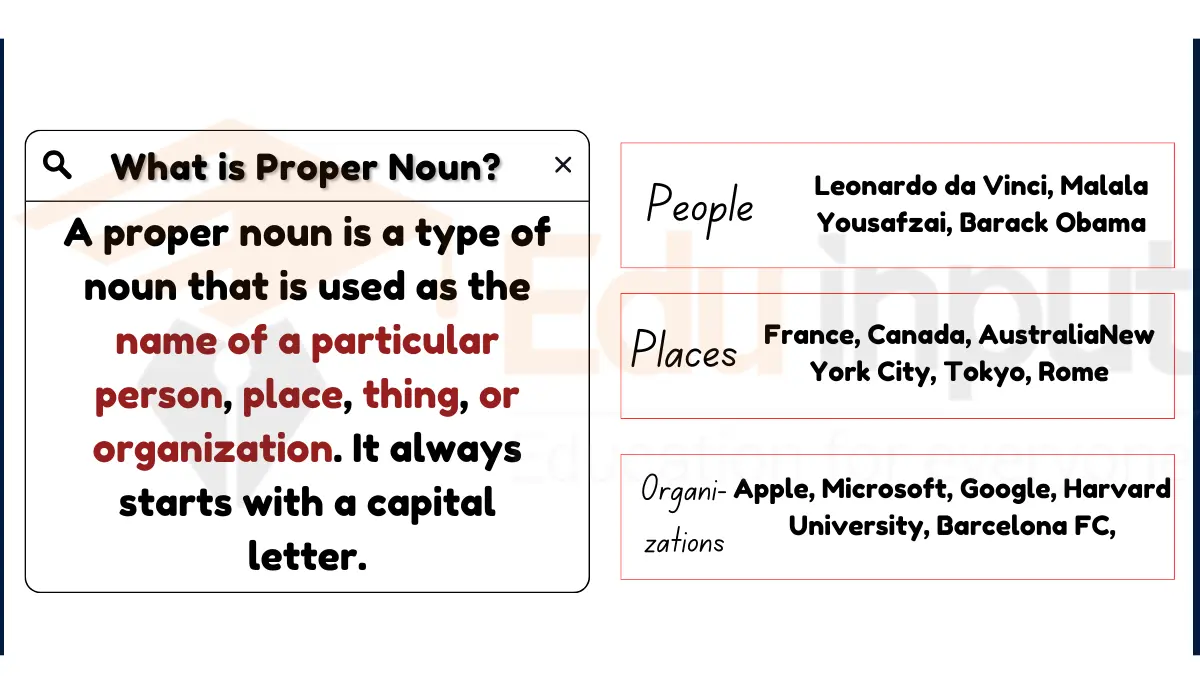
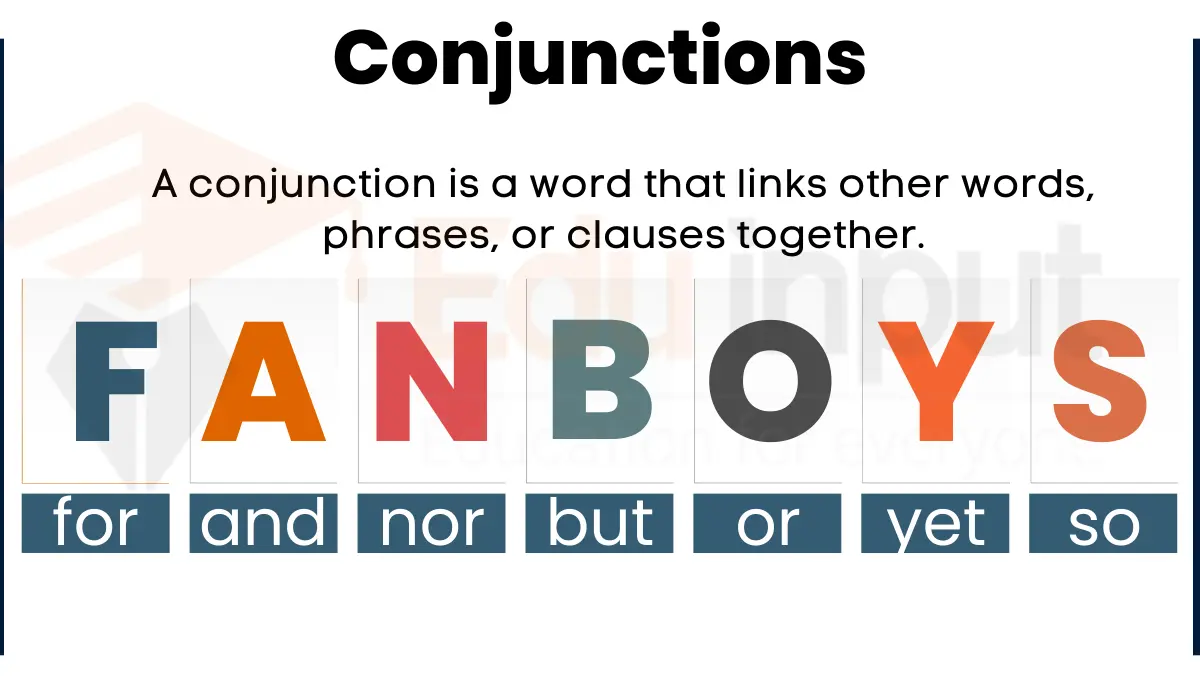


Leave a Reply